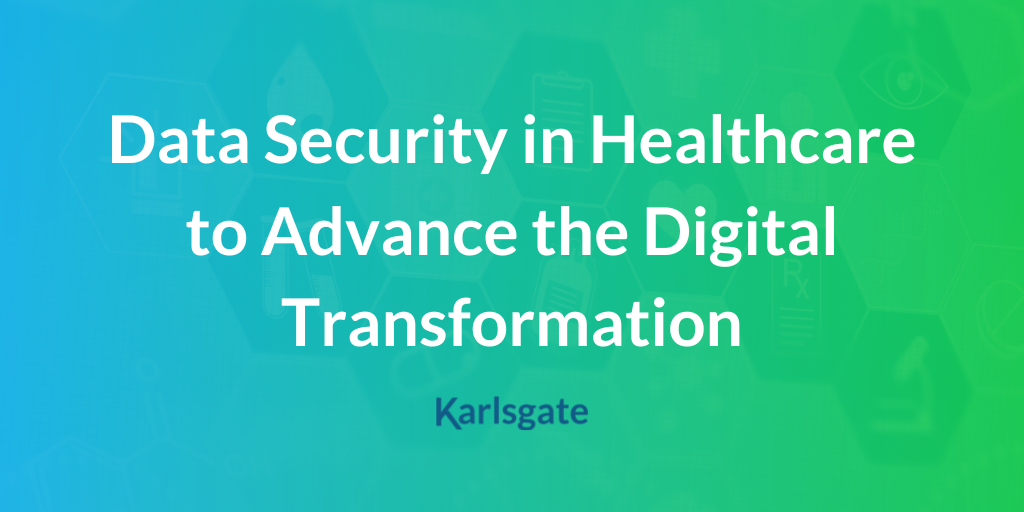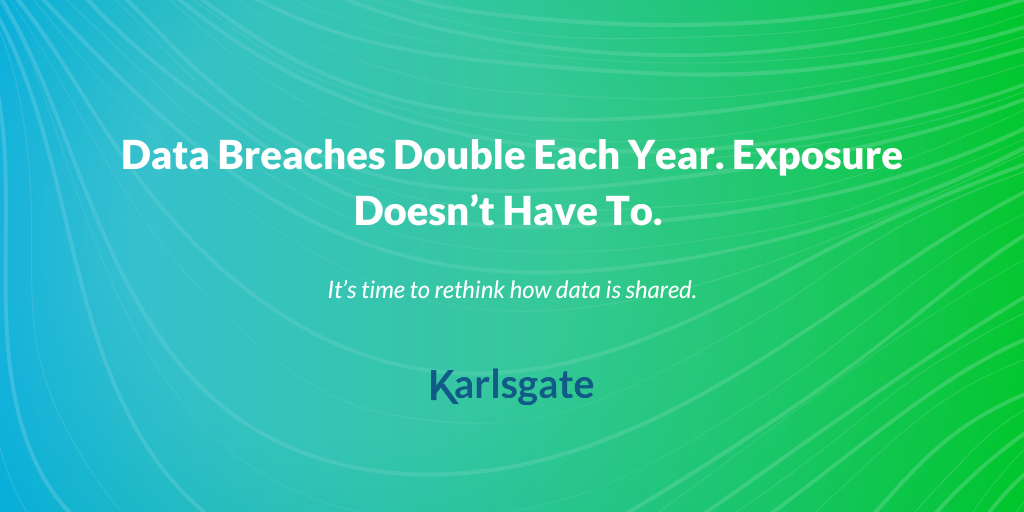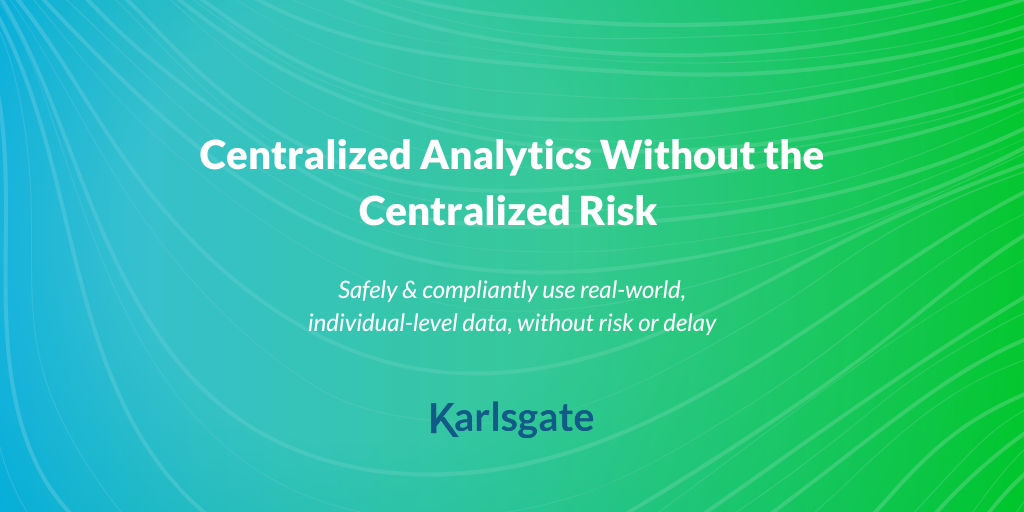Data sharing is common across industries, but for healthcare in particular, it’s vital. Even before a word is spoken between doctor and patient, data sharing in healthcare begins when a patient fills...
As global privacy regulations evolve, Australia has emerged as a leader in setting a high bar for data privacy and compliance. With strict definitions of Personally Identifiable Information (PII)—including persistent pseudonymized IDs, which are the backbone of global targeted media—the industry is being pushed to rethink its approach to compliant data onboarding.
But meeting these standards can’t rest on the shoulders of individual organizations alone. Instead, it requires a community-driven effort where technology providers, advertisers, publishers, and industry leaders collaborate to create sustainable solutions.
The Reality of Australia's Privacy Landscape
Australia’s privacy regulations are setting new standards for what compliance means for the media and advertising industries. While the landscape is vast, we’ll focus on several key aspects shaping compliance efforts in these industries:
- Expansive Definitions of Personal Information (PII): Australia’s privacy laws now classify persistent pseudonymized identifiers as personal information (PII). This includes identifiers like those used in targeted advertising, meaning data that was previously considered anonymous or de-identified may now require full compliance with privacy regulations. This shift is significant for industries relying on pseudonymization for marketing and targeting purposes.
- Consent Requirements: Explicit consent is required for collecting, processing, and sharing personal data, even in de-identified formats. Companies in the media and advertising sectors must reconsider how they engage with consumers, ensuring transparent consent mechanisms are in place for data usage.
- Right to Erasure: Individuals can request the deletion of their data across systems. This provision, which may extend to data stored by third parties, creates a complex challenge for businesses to ensure that all systems comply with these requests, requiring careful data management and coordination across the ecosystem.
- Obligations for Pseudonymized and De-identified Data: Privacy regulations extend to pseudonymized and de-identified data. This includes data that had previously been treated as "anonymous," such as data used for targeted advertising. Businesses must adopt new practices to ensure that even pseudonymized data is handled in full compliance with Australia’s privacy laws.
Why Collaboration is Key
Meeting these stringent requirements demands a new level of cooperation across the industry. No single organization can effectively tackle these challenges in isolation. Collaboration is essential to ensure compliance, sustain effective business practices, and innovate within legal boundaries.
- Shared Standards: Developing industry-wide frameworks ensures consistency in compliance and reduces the burden on individual organizations. By unifying how data is managed, the entire ecosystem benefits from streamlined operations and regulatory alignment.
- Technology Co-Development: Privacy Enhancing Technologies (PETs) and data workflows that address challenges such as pseudonymization and data portability are most effective when co-created and implemented across the community. Collaboration accelerates innovation and adoption and ensures universal connectivity throughout the ecosystem.
- Knowledge Sharing: Collective efforts allow organizations to pool resources, share insights, and stay ahead of regulatory changes. Learning from peers and partners helps avoid redundant efforts and fosters a more robust ecosystem.
- Strengthening Trust: A united approach enhances consumer trust, demonstrating that the industry is committed to prioritizing privacy while delivering value. Trust is a competitive advantage that benefits all stakeholders.
“For the industry to thrive in a rapidly evolving regulatory environment, we need to build an interconnected ecosystem where every participant has trust and privacy at its core when dealing with consumer data,” says Angelo Sinibaldi, Director Data Commercialisation and Strategy, Nine. “Data collaboration isn’t just beneficial—it’s the foundation upon which the future of compliant data onboarding is built.”
This cooperative spirit must extend beyond compliance, focusing on creating sustainable frameworks that balance privacy, innovation, and business goals.
What Needs to Happen
To meet the challenges posed by Australia’s privacy regulations, it’s critical to build a network of trusted partners. Rather than expecting the entire industry to change overnight, organizations must begin with their immediate ecosystem—working with key partners and collaborators. From there, this network can expand, bringing in more players and setting the stage for broader industry-wide connectivity. Achieving universal connectivity and standardization is the ultimate goal, but it requires a step-by-step approach to build trust, ensure compliance, and streamline data flows.
- Adopt Decentralized Privacy Enhancing Technologies (PETs): Given the shift away from traditional pseudonymization in line with Australia’s privacy regulations, new Privacy-Enhancing Technologies must be universally adopted across the ecosystem. Technologies that enable seamless movement of data, empowering businesses to meet regulatory requirements without sacrificing operational efficiency, are essential.
- Reimagine Persistent IDs: The global reliance on pseudonymized IDs for media targeting needs to shift in markets like Australia, where these IDs are classified as PII. The industry must innovate new approaches to personalization and targeting that meet local compliance standards.
- Foster Collaborative Ecosystems: Data flows in media and advertising are highly complex, involving a range of stakeholders from brands to media companies to ad tech platforms. Collaboration must start with a trusted network, where partners align on shared goals and work together to create standardized data workflows. As the network expands, collaboration will improve data management and regulatory compliance, ensuring that all players are connected and working toward the same objectives.
- Building Trust Through Transparency: Establishing trust starts with transparency, and this must begin within the core network of partners. By being open about data practices and ensuring compliance with privacy standards, organizations can build consumer confidence. This transparency can then be expanded to the broader ecosystem, ensuring that all stakeholders share the same commitment to safeguarding personal information.
“To achieve true efficiency in data workflows, the industry must begin by aligning with its closest partners. Building out from that network allows for universal connectivity and shared standards across the ecosystem. Collaboration doesn’t happen overnight,” says Natalie Hatch, Head of Acxiom & Data Partnerships, IPG Mediabrands. “It starts when organizations start small and expand outward. Then they can create the foundational connections necessary for a truly integrated, privacy-compliant data ecosystem.”
Looking Ahead: The Call to Action
The path to achieving universal connectivity and compliance in the media and advertising ecosystem begins with deliberate collaboration. By focusing on building trust within smaller networks and expanding outward, organizations can create the foundation needed for industry-wide standardization. Success hinges on embracing shared standards, co-developing transformative technologies, and fostering transparency across all stakeholders.
The journey won’t be without challenges. It requires a commitment to innovation, persistence in aligning priorities, and a willingness to adapt as regulations and technologies evolve. Yet, with a community-first mindset, organizations can address today’s privacy complexities while setting the stage for future opportunities.
“The future of data-driven industries relies on the ability to collaborate without compromise,” says Andrew Brain, Director, Data & Growth, Seven Network. “By building bridges across the ecosystem, we can achieve privacy-compliant workflows that not only meet regulatory demands but also unlock the full potential of innovation and efficiency. It’s not about immediate perfection; it’s about taking meaningful steps toward lasting, scalable solutions.”
The question isn't whether we can meet these standards. It's whether we will rise to the challenge as an industry.
Will you be part of the community driving this transformation?
About Karlsgate
For executive leaders concerned about balancing data security with the demand for data across all facets of the business, Karlsgate offers a robust, easy-to-implement solution. Protect your data from risks and breaches while seamlessly accessing it for critical initiatives. Secure and maximize your data's potential with Karlsgate. https://karlsgate.com/







